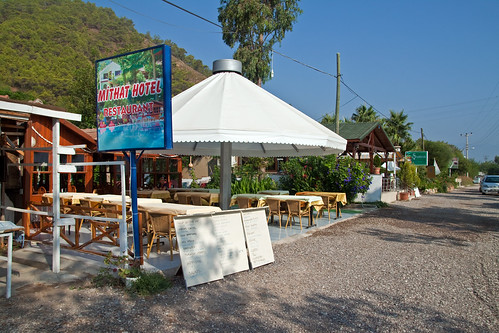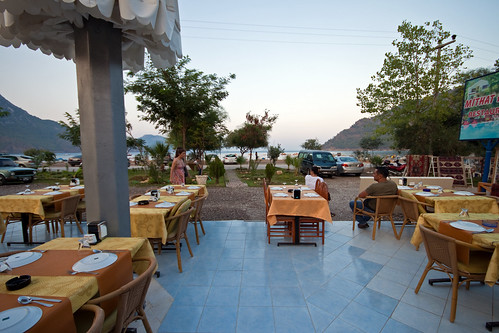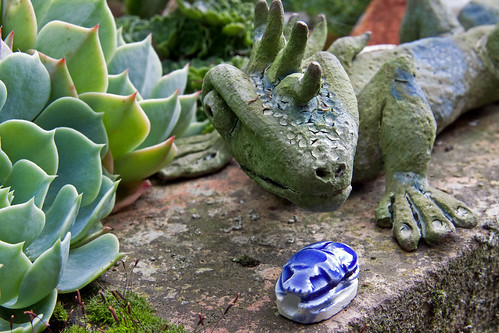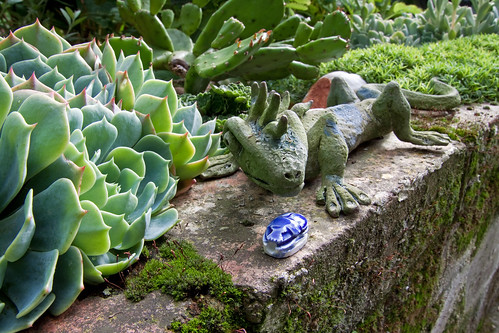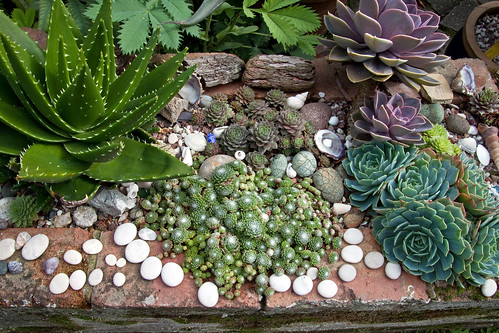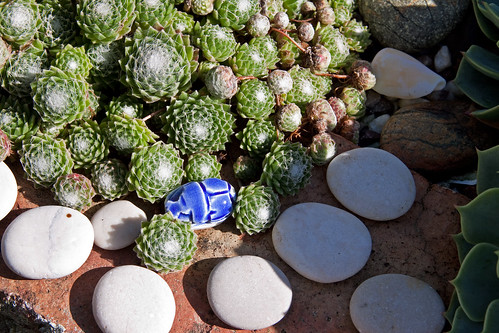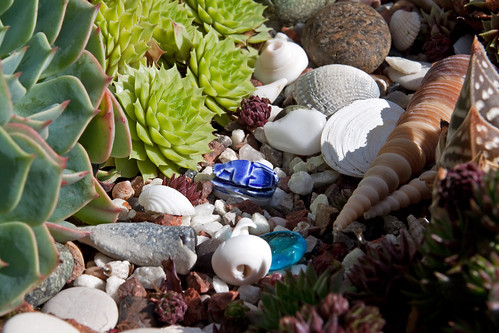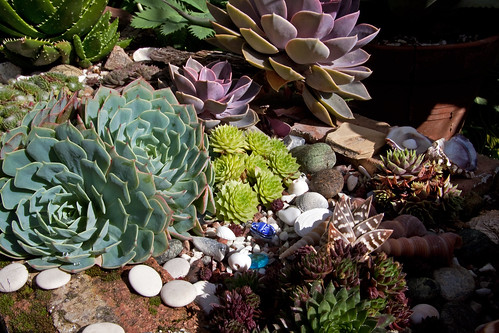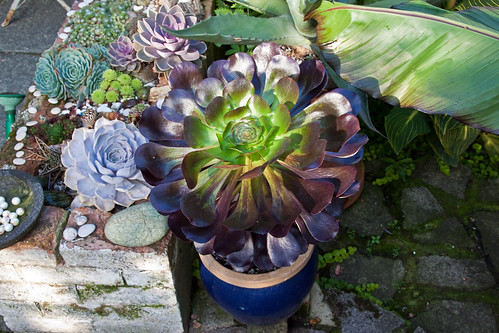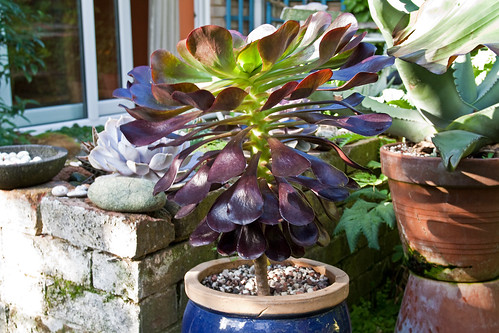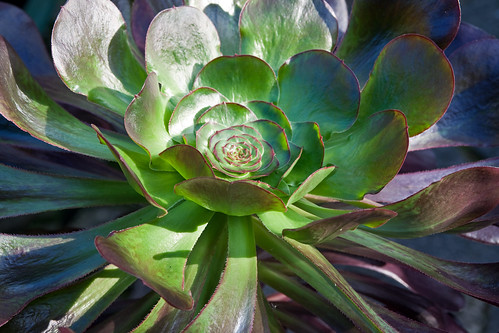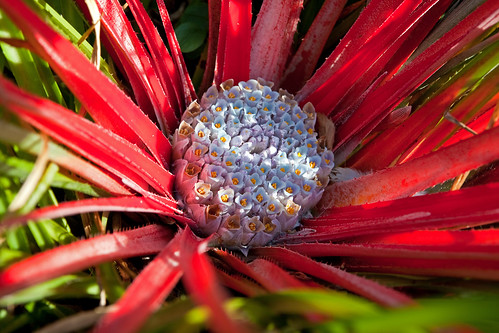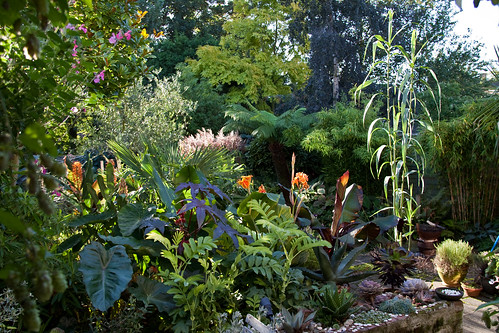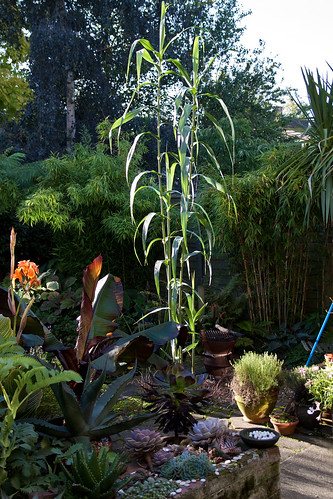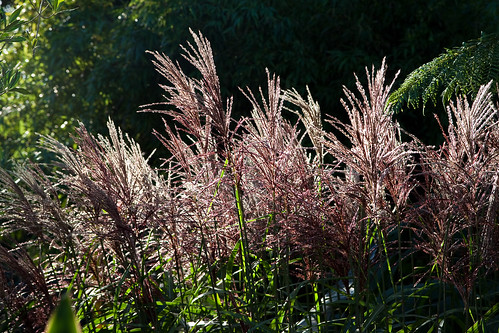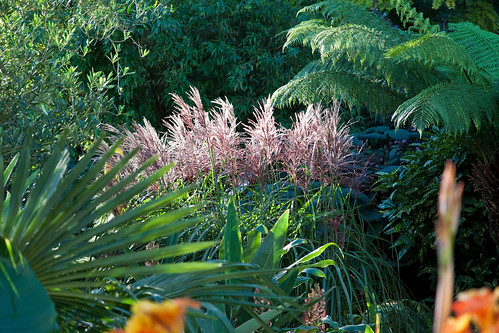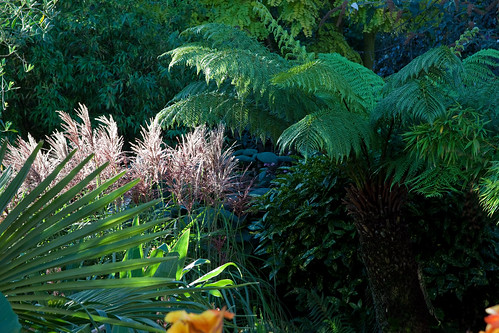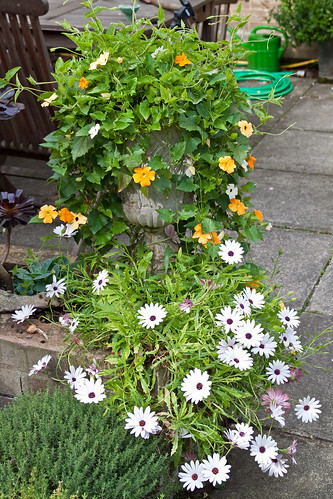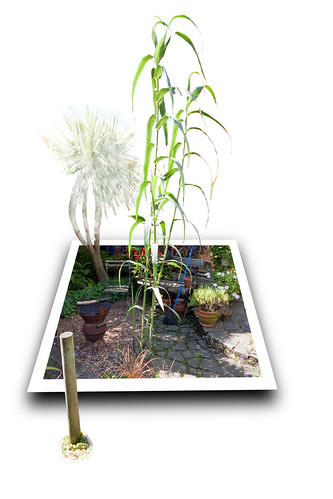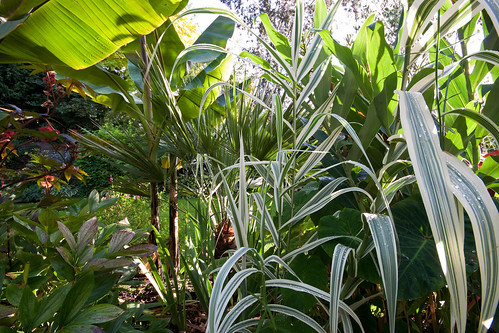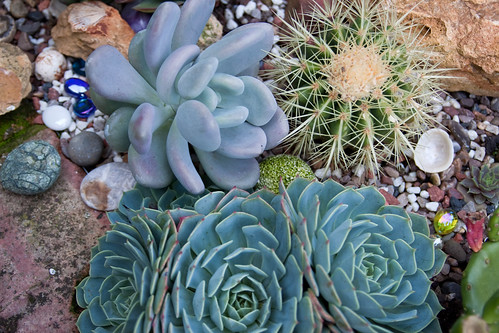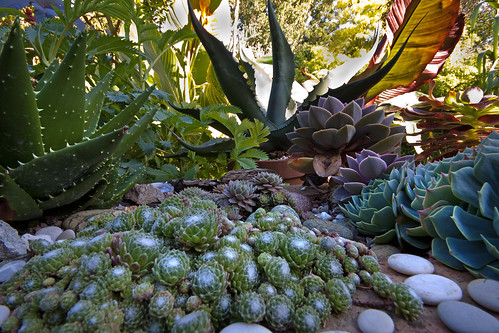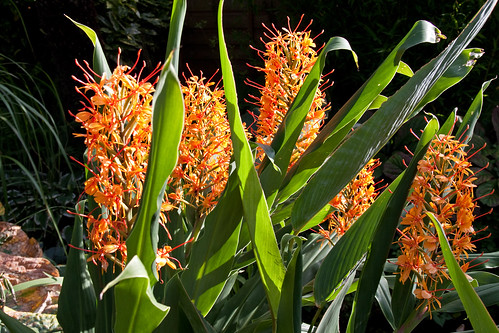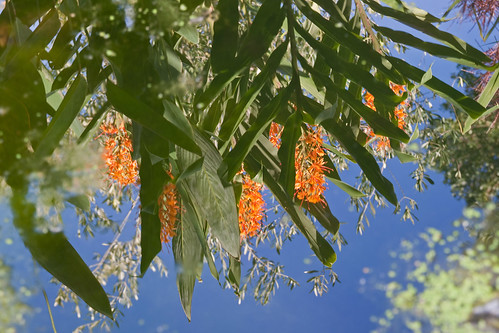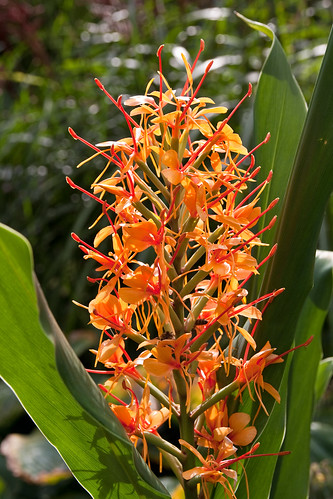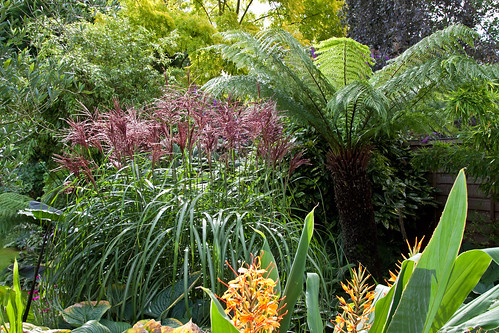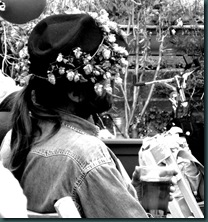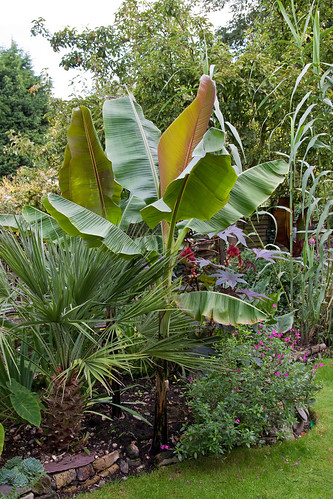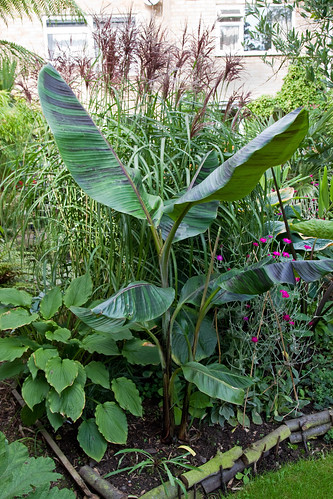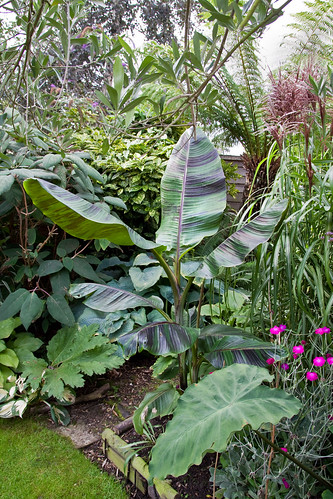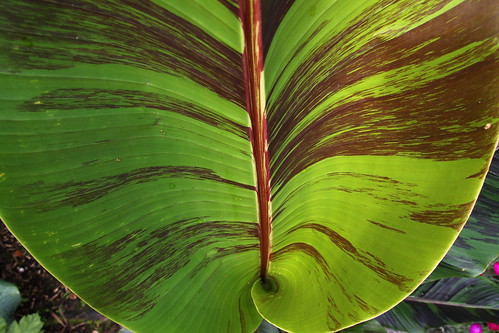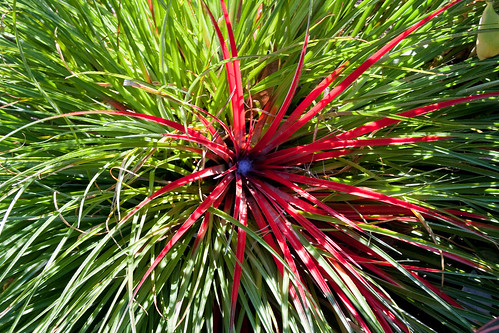I’ve been ‘getting around’ to writing about our summer holiday in Adrasan for some weeks now. In fact we came back 6 weeks ago. I know, it is probably of little interest to the thousands of people who visit this blog to read more about the place that we seem to go to every year (and more) . . . But it was the original and stated aim of this blog to write about plants, garden and holiday.
I must admit that I feel slightly ashamed of returning to the same old holiday destination year after year, friends make fun of me about it and no-one wants to listen to tales of my holiday exploits when I return as they’ve heard it all before (as readers of this blog have done!).
Anyway, as I sat in a comfortable armchair, sipping a very good red wine whilst waiting for our flight in the Club Class Lounge of Gatwick Airport, I couldn’t care less what people thought! I love holidays and look forward to them in, I’m happy to admit, a child-like way. I love having a break from the tedium of employment. In the same child-like way, I’m excited by airports, airline food airline drinks. On this occasion my airline experience was even better than normal! I’d managed to get a very reasonable deal on Club Class tickets with British Airways which gave a whole range of ‘extras’ including access to the Club Lounge with a well stocked free bar and food, wide seats and extra legroom on the plane and a choice of meals on the plane. I resolved to always travel ‘club class’ (if I could afford it) and arrive at the airport 4 hours before take-off to make the most of the experience! As I said, when it comes to airline travel, I am very childish!
The truth about why we have been going to Adrasan for the last 7 or so years is probably because we are lazy! Our excuses, however, are that it is a beautiful bay set amongst mountains and forests, the local people are amazingly friendly, we have made many fiends there as has our daughter and . . . Yes . . . It is a very easy and non-challenging holiday and all we really want to do as a break from work is to relax! By the way – there are no package holidays to Adrasan but all one has to do is to book a flight to Antalya, select and book a hotel online and they will pick you up from the airport. Only slight problem is that flights to Antalya are not cheap, particularly if you are constrained, as we are, to school holiday times. Also if you are looking for a large sophisticated resort, Adrasan is not it! There are some very good hotels, the bigger ones set-back from the beach. But the sea-front area of the bay has a rather ramshackle appearance – which I quite like.
This summer, as last summer, we stayed at the Mithat Hotel which is situated right on the bay facing the beach. Readers may wonder why we did not stay at The Arikanda River Garden as we had done earlier this year over Easter. The simple answer is that the Arikanda is set a few hundred meters back from the beach and in the heat of the Turkish summer even that walk is quite demanding (I’m not sure that this is really such a problem as transport is easy to arrange if needed).
Anyway, our arrival at the Mithat was typical of why we keep going back to Adrasan. We stepped out of the taxi outside the hotel at about midnight to be greeted by Onder (name could be Oner), the hotel owner and 2 couples we had met last year. As we were about to order some cold beer 2 other couples we have met over the years strolled by and stopped to greet us. We were also soon joined by some of my daughters friends. Quite a crowd! More beer please!
We were staying at the Mithat for 16 nights, bed & breakfast. We had 2 rooms for the 3 of us, each air conditioned and with shower and balcony. The hotel has a swimming pool which we don’t use because the beach is just across the unmade road where the hotel provides sun loungers and sun shades. It is probably fair to say that the rooms are fairly basic but they are cleaned daily with fresh linen provided. The cost of the 2 rooms etc was altogether about £800 GBP for 16 nights which is not bad for August.
The out-door dining area at the front of the hotel used to have a couple of trees growing amongst the tables. This year they had gone (due to a storm we are told) and been replaced by the largest sun umbrella I have ever seen.
Above: The biggest sun umbrella in the world! The Mithat Hotel Adrasan, (Mrs Musa can just be spotted sitting having breakfast)
My favourite meal of the day when on holiday is breakfast, probably because I never eat breakfast at home. Sitting in the shade of the giant umbrella in the morning, looking out across the bay and the mountain Musa Dag is pure pleasure.
The photograph below shows the dining area of the Mithat in the early evening. Onder (the owner) is sitting relaxing before people arrive for dinner:
OK – So that’s the end of Part 1 of this series of posts. I think another 2 or 3 posts will cover everything else on the subject of Adrasan Summer 2010
